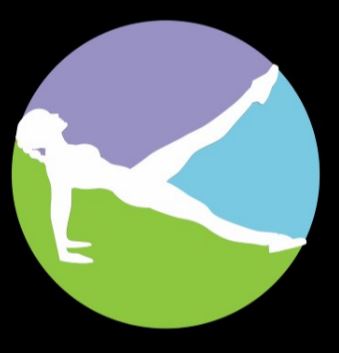 Bloating is a common complain! Whether it’s my Physio patients or Pilates clients, bloating is right up there with one of the top 5 most talked about and wished about things to fix! Interestingly enough, the majority of us put bloating down wholly to either type or amount of food we have consumed. While often this is true, sometimes there are other factors completely unrelated to diet! Have you ever stopped to think about the contribution the spine, specifically the thoracic spine has on bloating and why certain movements or postures seem to relive your bloating symptoms?
Bloating is a common complain! Whether it’s my Physio patients or Pilates clients, bloating is right up there with one of the top 5 most talked about and wished about things to fix! Interestingly enough, the majority of us put bloating down wholly to either type or amount of food we have consumed. While often this is true, sometimes there are other factors completely unrelated to diet! Have you ever stopped to think about the contribution the spine, specifically the thoracic spine has on bloating and why certain movements or postures seem to relive your bloating symptoms?
How Does the Spine Affect Bloating?
The position of the spine, specifically the thoracic spine and its 12 sets of ribs, plays a big role with regards to how the abdominal muscles (deep and superficial) work. Twists in the spine and ribcage creates non-optimal pressures through the abdomen often causing what we call ‘pressure bellies’ or bloating! This is why many people feel more comfortable in spinal twists, child’s pose and other various unloading postures for the thoracic spine.
How do the Spinal Nerves Affect Bloating?
The enteric nervous system (the nerves responsible for the organs in our gut) has both sympathetic (inhibitory) and parasympathetic (excitatory) nerves. These inhibitory nerves exist the spine from T5-L2 (our thoracic and first two lumbar vertebrae). Can you imagine what would happen to the quality of the signal being emitted from these nerves when you thoracic spine is in a non-optimal alignment? Yes you guessed it … very poor!
What Postures can I try to Ease my Bloating?
- Childs Pose – see here
- Spinal Twist – see here
- Down Dog – see here
What Exercises can I try to ease my Bloating?
- Bridging –
- Side to side – Watch Here
- Book openings





 If you haven’t already read our article on ‘
If you haven’t already read our article on ‘